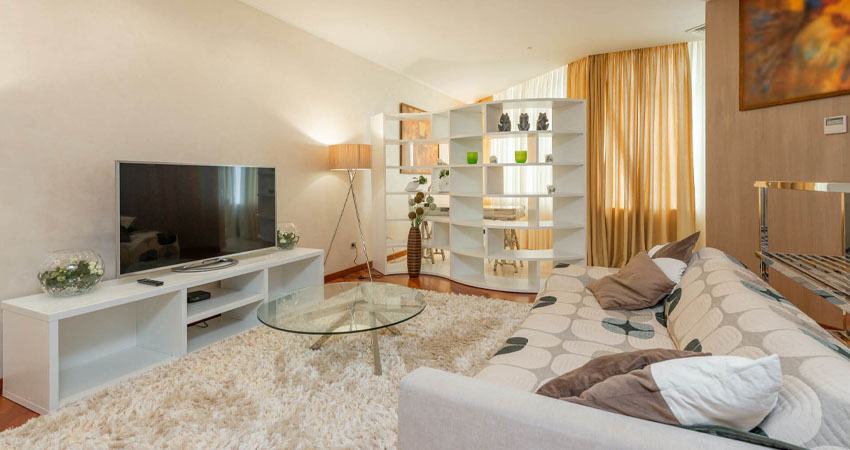
Architecture and interior design share a symbiotic relationship, with each influencing the other in profound ways. The architectural style of a residence sets the stage for its interior design, dictating everything from layout and structural elements to materials and decorative motifs. In this section, we explore how different architectural styles shape residence interior design and offer insights into creating cohesive and harmonious living spaces.
1. Traditional Architecture: Traditional architectural styles, such as Colonial, Victorian, and Craftsman, are characterized by timeless elegance and historical charm. In residence interior design inspired by traditional architecture, designers often incorporate classic elements such as crown molding, wainscoting, and coffered ceilings to evoke a sense of heritage and sophistication. Rich wood finishes, plush upholstery, and ornate furnishings add warmth and character to these spaces, while vintage accents and antiques lend a sense of authenticity and nostalgia.
2. Modern Architecture: Modern architecture embraces clean lines, open spaces, and minimalist aesthetics. In residence interior design influenced by modern architecture, designers prioritize simplicity, functionality, and understated sophistication. Neutral color palettes, sleek furniture, and minimalist decor create a sense of openness and airiness, while expansive windows and open floor plans blur the boundaries between indoor and outdoor spaces. Technology and innovative materials play a prominent role in modern interiors, with smart home features and sustainable design practices enhancing comfort and efficiency.
3. Contemporary Architecture: Contemporary architecture is characterized by its emphasis on innovation, creativity, and flexibility. In residence interior design inspired by contemporary architecture, designers embrace a mix of styles, materials, and influences to create dynamic and eclectic spaces. Bold colors, geometric patterns, and unconventional furnishings add a sense of drama and personality to contemporary interiors, while organic shapes and natural materials create a connection to the surrounding environment. Flexibility and adaptability are key in contemporary interiors, with multifunctional layouts and customizable features catering to diverse lifestyles and preferences.
4. Mediterranean Architecture: Mediterranean architecture draws inspiration from the coastal regions of Southern Europe, with a focus on warmth, texture, and rustic charm. In residence interior design influenced by Mediterranean architecture, designers often incorporate earthy tones, textured finishes, and natural materials such as stone, terra cotta, and wrought iron. Arched doorways, tiled floors, and exposed beams evoke a sense of Old World romance, while lush vegetation and outdoor living spaces blur the lines between interior and exterior environments. Decorative elements such as mosaic tiles, intricate ironwork, and hand-painted ceramics add a touch of Mediterranean flair to these inviting and timeless interiors.
5. Mid-Century Modern Architecture: Mid-century modern architecture emerged in the post-war era of the 1950s and 1960s, characterized by its clean lines, organic shapes, and innovative use of materials. In residence interior design inspired by mid-century modern architecture, designers celebrate the era’s iconic designs and forward-thinking ethos. Sleek furniture, bold colors, and minimalist decor create a sense of retro-chic nostalgia, while natural materials such as wood, leather, and fiberglass add warmth and texture to the space. Iconic pieces by designers such as Eames, Saarinen, and Jacobsen are often showcased as focal points, paying homage to the era’s enduring legacy of innovation and style.
Conclusion
In residence interior design, architectural style serves as a guiding force, shaping the overall aesthetic and ambiance of the space. Whether inspired by traditional elegance, modern minimalism, eclectic creativity, coastal charm, or mid-century nostalgia, designers draw upon the unique characteristics of each architectural style to create interiors that are as distinctive and memorable as the residences they inhabit. By embracing the inherent qualities of architectural style and infusing them with creativity, innovation, and personal expression, designers craft living spaces that resonate with beauty, functionality, and timeless appeal.





